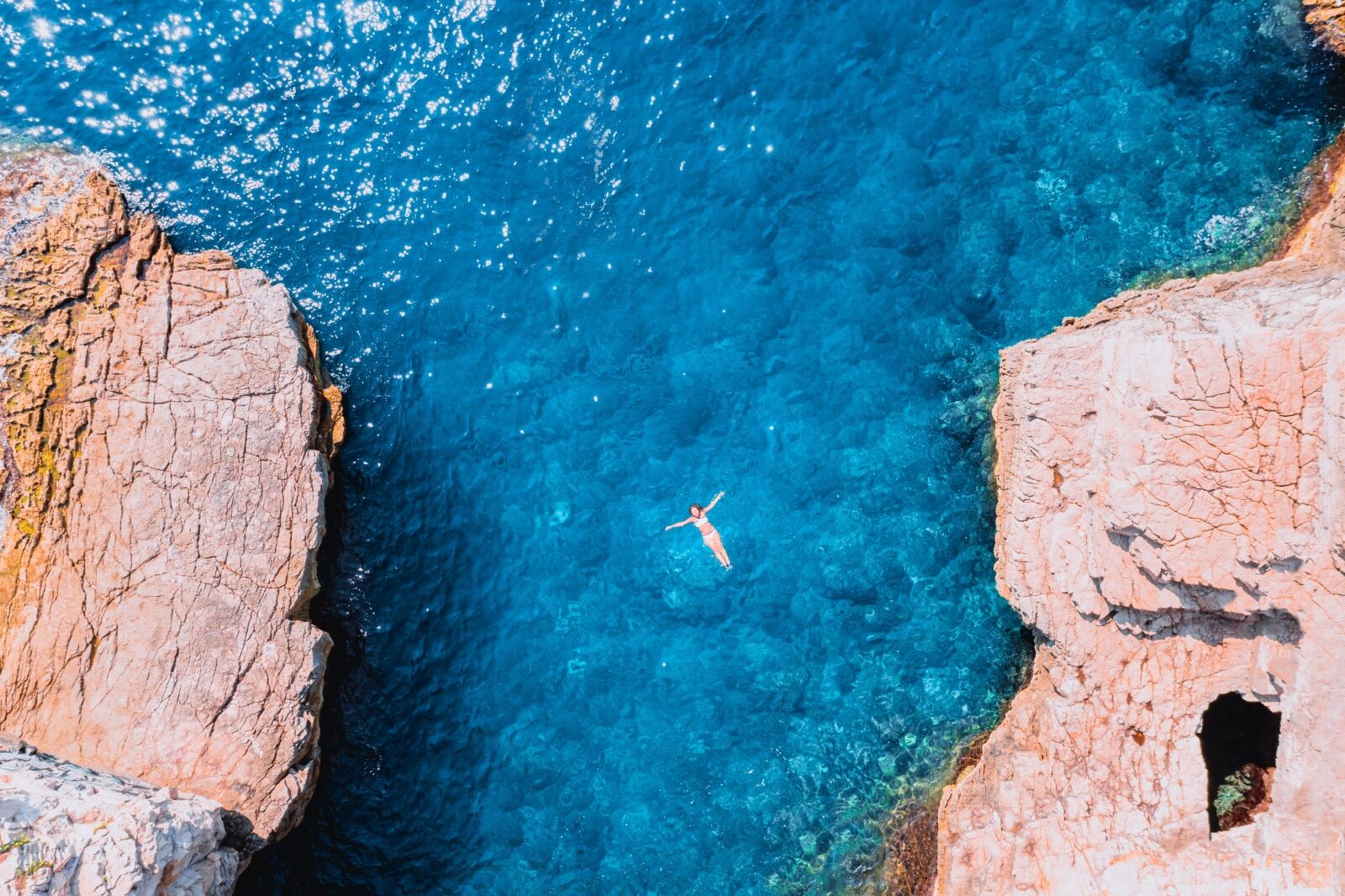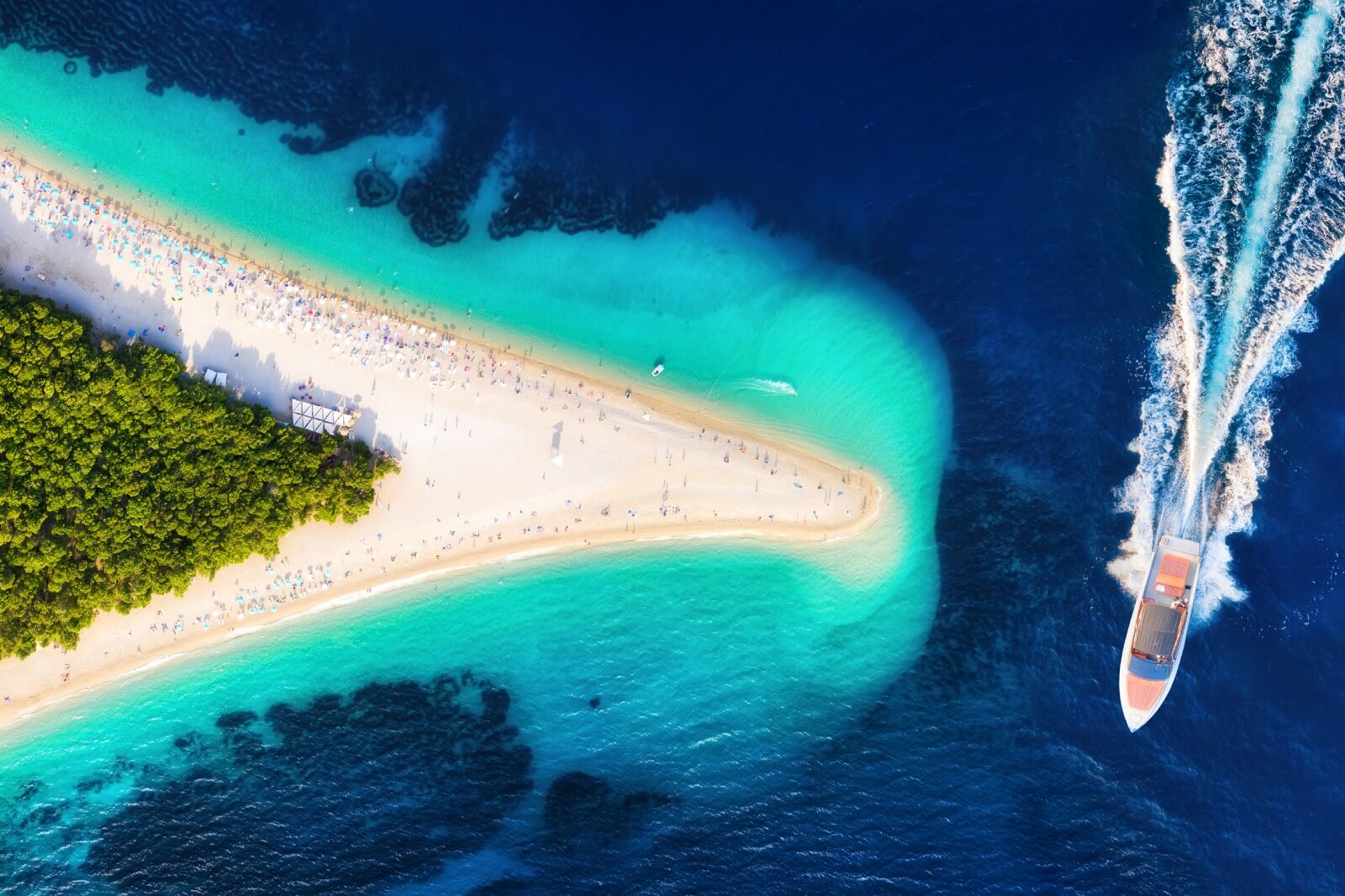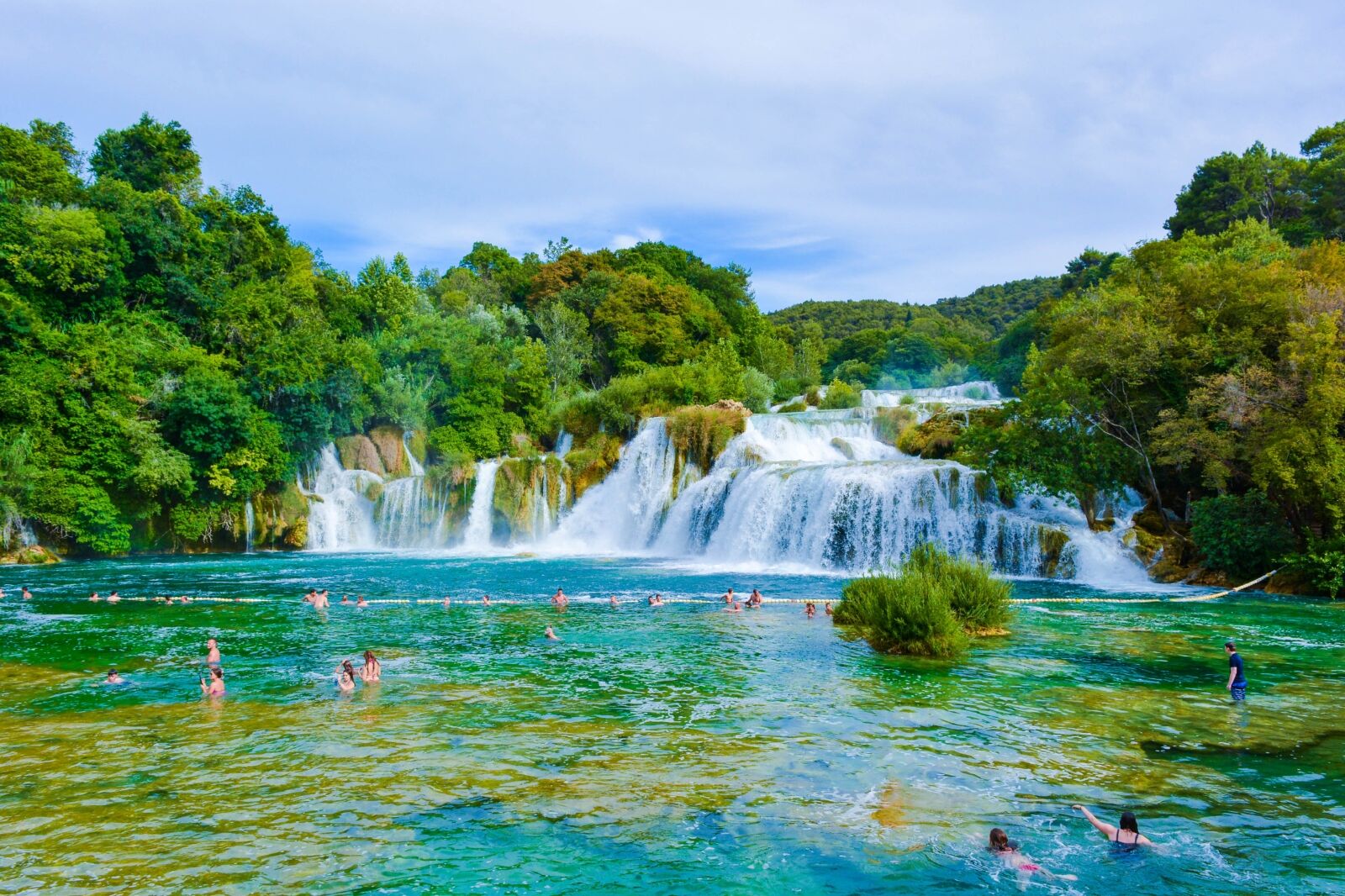Croatia’s stunning Adriatic coastline has been crowned the champion for clean swimming spots, according to a recent report by the European Commission and the European Environment Agency (EEA).
The report analyzed data from 2023 and assessed the water purity of around 22 thousand bathing spots across 29 EU member states. Croatia came out on top, with an impressive 96.7 percent of its bathing sites classified as “excellent” in terms of water quality. This translates to 905 out of 936 tested locations (894 coastal and 42 inland rivers and lakes featuring freshwater) meeting the EEA’s strictest standards. Greece, Cyprus, and Austria were runners-up.




